 Dat Mui Commune, Ngoc Hien District is not only famous for its wild natural beauty in the southernmost region of the country, but also known for its strength in clam farming - one of the key economic sectors of the Mekong Delta region.
Dat Mui Commune, Ngoc Hien District is not only famous for its wild natural beauty in the southernmost region of the country, but also known for its strength in clam farming - one of the key economic sectors of the Mekong Delta region.
"Golden land" of clam farming
Located in the mangrove forest of Dat Mui commune, Khai Long beach has become the "capital" of clam farming thanks to ideal natural conditions and strict technical processes.
Khai Long Beach possesses rare natural conditions: a large tidal flat with a gentle slope, a sandy and muddy bottom, a stable salinity of 15-30‰, a pH ranging from 7.5-8.5, and a rich food source from the mangrove ecosystem. This area is affected by irregular semi-diurnal tides, creating an ideal environment for clam growth. Another highlight is that this is a farming ground that is less affected by industrial pollution or domestic wastewater, ensuring the quality of clean, safe clams, meeting the needs of domestic and international markets.
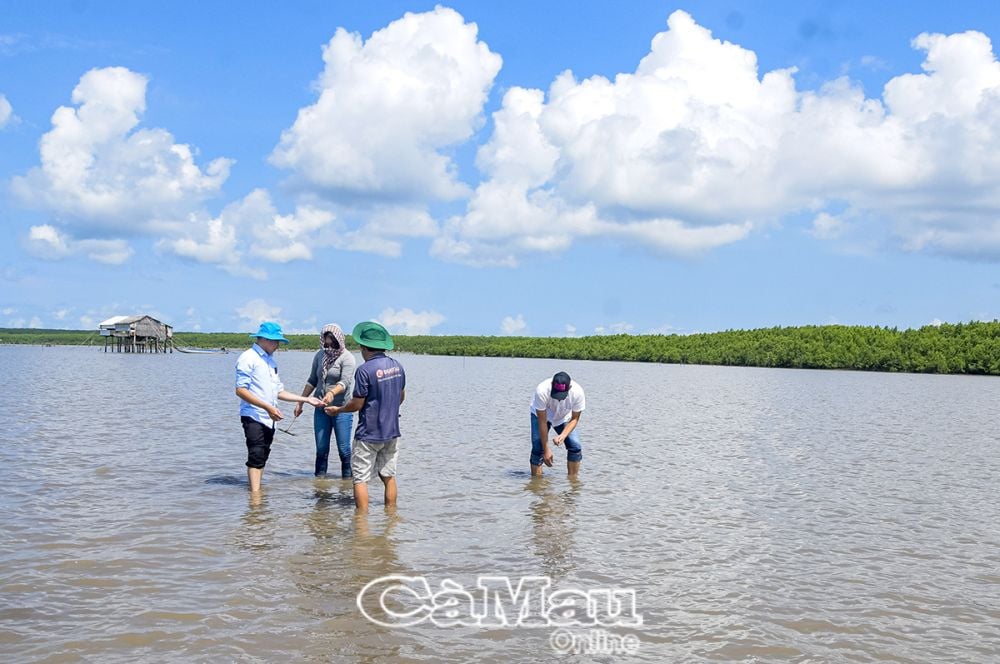
Khai Long beach is known as the "golden land" of clam farming.
Clam farming in Dat Mui is mainly organized according to the cooperative model, helping people manage effectively from seed selection, care to exploitation. Technical processes are applied systematically and strictly followed, both optimizing productivity and protecting the environment, creating a unique "brand" for Dat Mui clams.
Technical Process - The Key to Quality
To achieve its current reputation, clam farming in Dat Mui commune is based on a strict technical process from the preparation of the farming area to harvesting and preservation. First, the selection of the farming area requires the tidal flat to have a transparency of 25-40 cm, with a gentle current to provide oxygen and natural food for the clams. The farming area is thoroughly cleaned, removing waste and harmful organisms, and at the same time improving the bottom to ensure a sand thickness of 10-15 cm, helping the clams to easily bury themselves and develop.

Clam seeds must be of uniform size (2-3 thousand/kg), have shiny shells, no defects, and be selected from reputable facilities to bring high efficiency to the farming profession.
Engineer Tieu Minh Pho, Center for Information and Application of Science and Technology of the province, said: "The seed release stage is also carried out carefully. The seed clams must be of uniform size (2-3 thousand/kg), with shiny shells, no deformities, selected from reputable facilities or naturally exploited in famous areas such as: Ben Tre, Tien Giang, Can Gio. The time to release the seed is usually at the beginning of the dry season (February-April) or the end of the rainy season (August-October), with a density of 300-500/m², depending on the conditions of the farming area. After release, people closely monitor the first 48 hours to ensure the clams adapt well to the environment".
During the care process, periodic inspection once a week is indispensable. Farmers observe the growth rate, remove dead clams, clean the farming area and control harmful organisms by manual or biological methods. Environmental factors such as salinity, pH, water temperature are also measured regularly for timely adjustment. Especially, during the rainy season, management work is enhanced to protect the farming area from adverse impacts.
Towards sustainable development
Clams in Dat Mui are usually harvested after 10-12 months of farming, when they reach commercial size (40-50 pieces/kg). Harvesting takes place when the tide is low, using hand rakes or specialized tools to avoid damaging the clams and tidal flats.
After harvesting, clams are washed with seawater, sorted by size and stored in cool, moist conditions using mesh bags or specialized sacks. If transported long distances, the temperature is maintained between 5-10°C to ensure that the clams are fresh when they reach consumers.
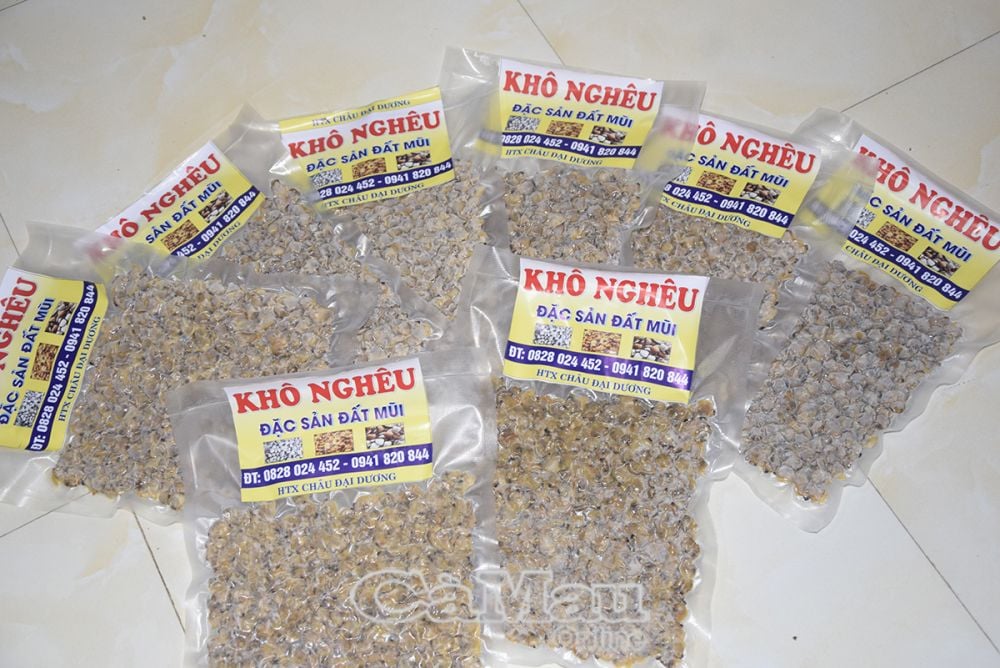
Dried clams are known by many people inside and outside the province.
“Clam farming in Dat Mui commune is not only an important source of livelihood but also a testament to the harmony between economic development and environmental protection. Avoiding the use of chemicals, limiting strong impacts on tidal flats and coordinating with authorities to protect the ecosystem helps maintain natural food sources for clams while preserving product quality. This is the key factor in creating a “certified brand” for Dat Mui clams, a brand that is not only famous domestically but will also reach out to the international market in the future,” Engineer Pho affirmed.
With the efforts of the authorities and the people, the clam farming and exploitation profession in Dat Mui commune has increasingly affirmed its position, becoming the pride of Ca Mau people and a model for sustainable development in the Vietnamese seafood industry./.
Hoang Pho - Diamond
Source: https://baocamau.vn/nhan-hieu-chung-nhan-cho-ngheu-dat-mui-a38379.html


![[Photo] Signing ceremony of cooperation and document exchange between Vietnam and Japan](https://vstatic.vietnam.vn/vietnam/resource/IMAGE/2025/4/28/e069929395524fa081768b99bac43467)
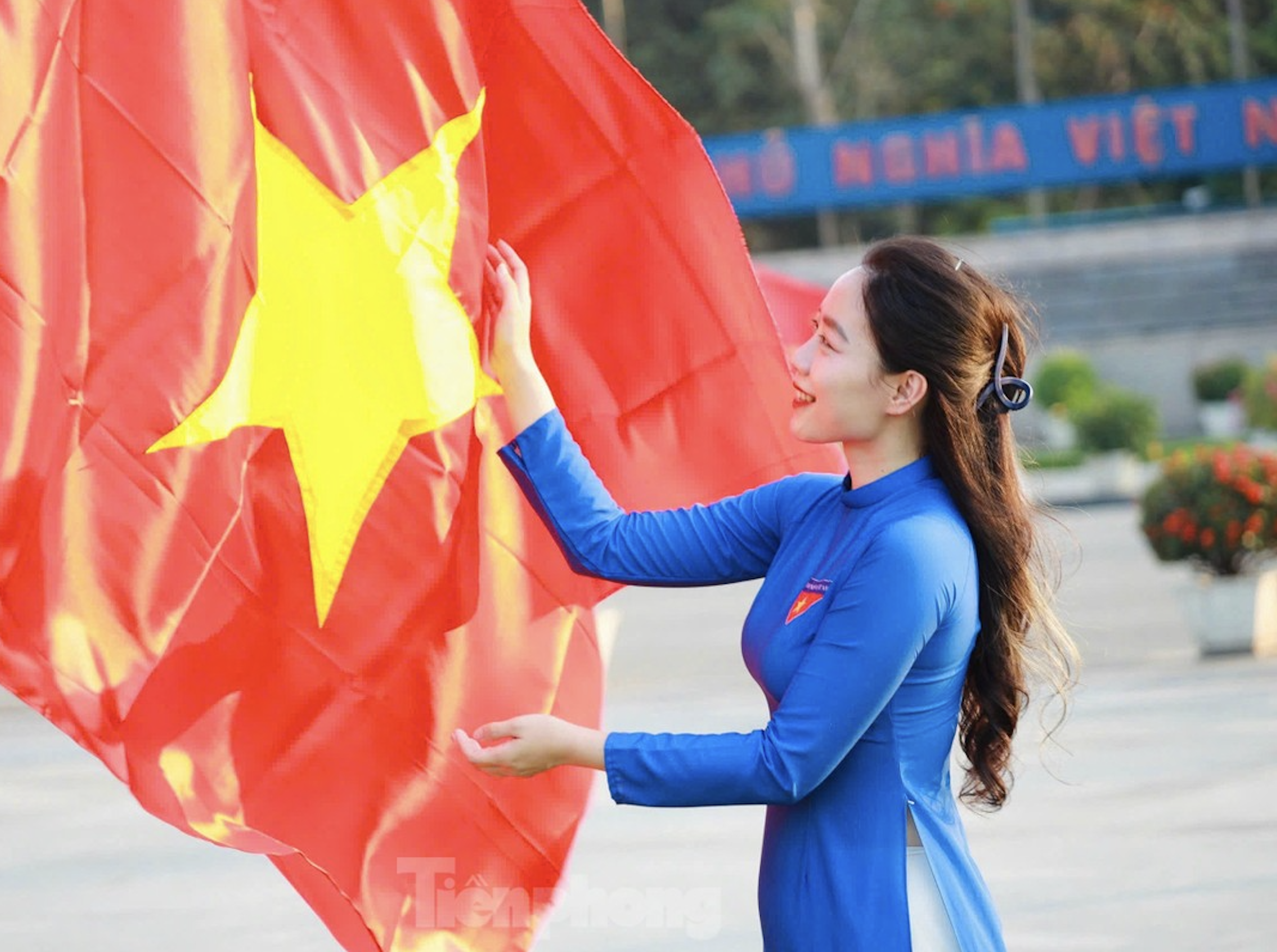
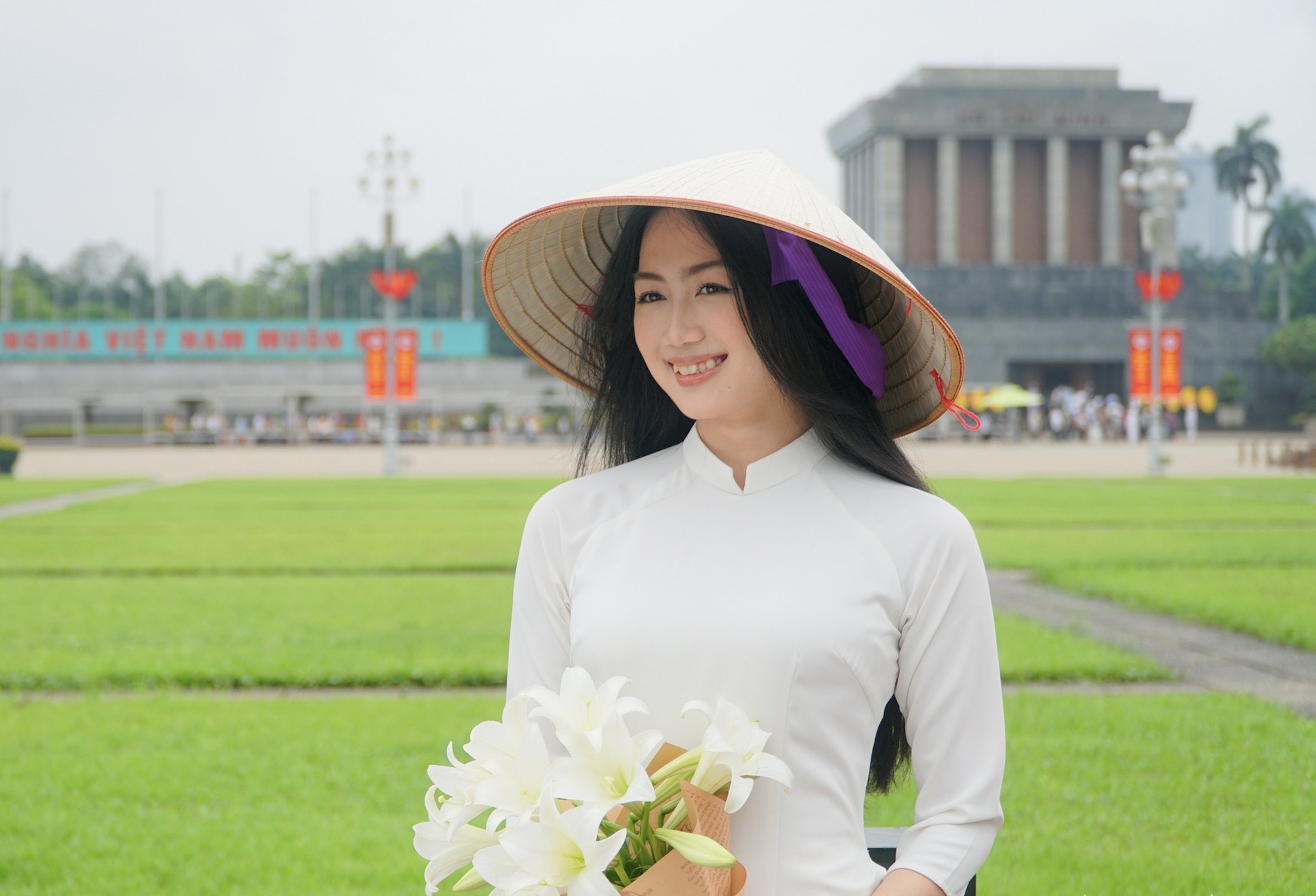
![[Photo] Special supplement of Nhan Dan Newspaper spreads to readers nationwide](https://vstatic.vietnam.vn/vietnam/resource/IMAGE/2025/4/28/0d87e85f00bc48c1b2172e568c679017)
![[Photo] A long line of young people in front of Nhan Dan Newspaper, recalling memories of the day the country was reunified](https://vstatic.vietnam.vn/vietnam/resource/IMAGE/2025/4/28/4709cea2becb4f13aaa0b2abb476bcea)
![[Photo] Prime Minister Pham Minh Chinh receives Cambodian Minister of Commerce](https://vstatic.vietnam.vn/vietnam/resource/IMAGE/2025/4/28/be7f31fb29aa453d906df179a51c14f7)




![[Infographic] 45 communes and wards of Dong Thap province after rearrangement](https://vstatic.vietnam.vn/vietnam/resource/IMAGE/2025/4/29/8553108109fa44b3b0493f9a2cf2bde8)

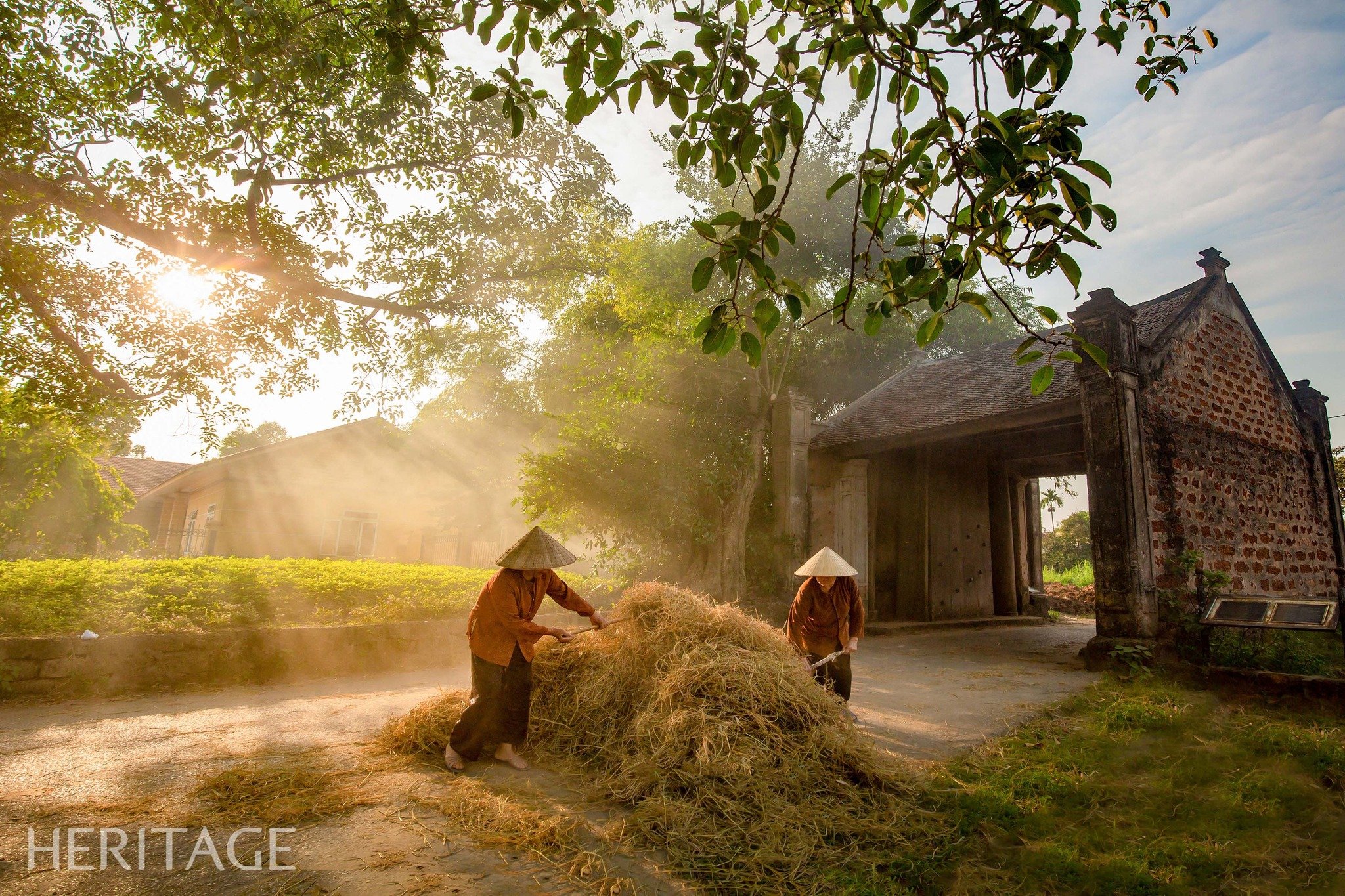

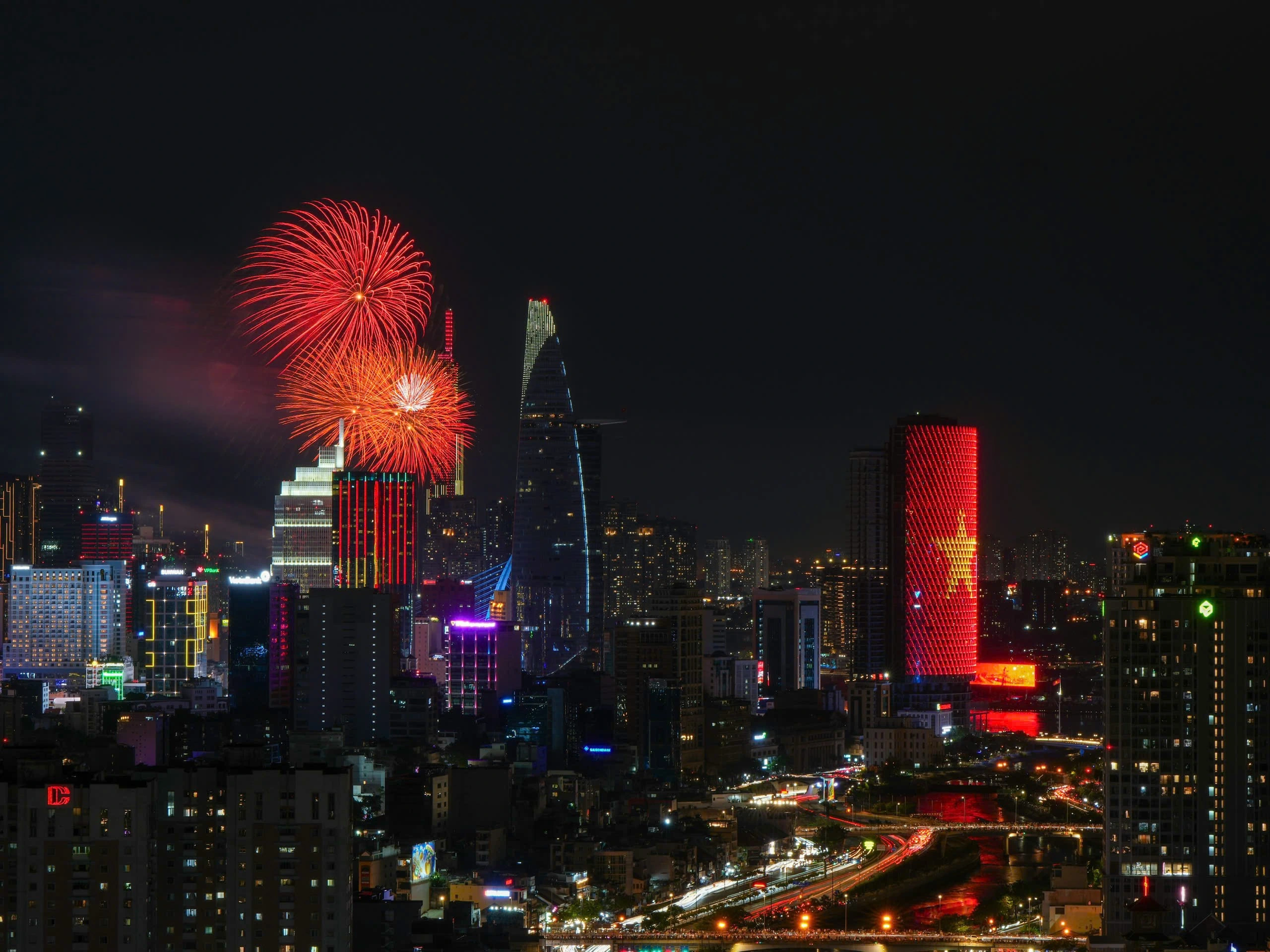

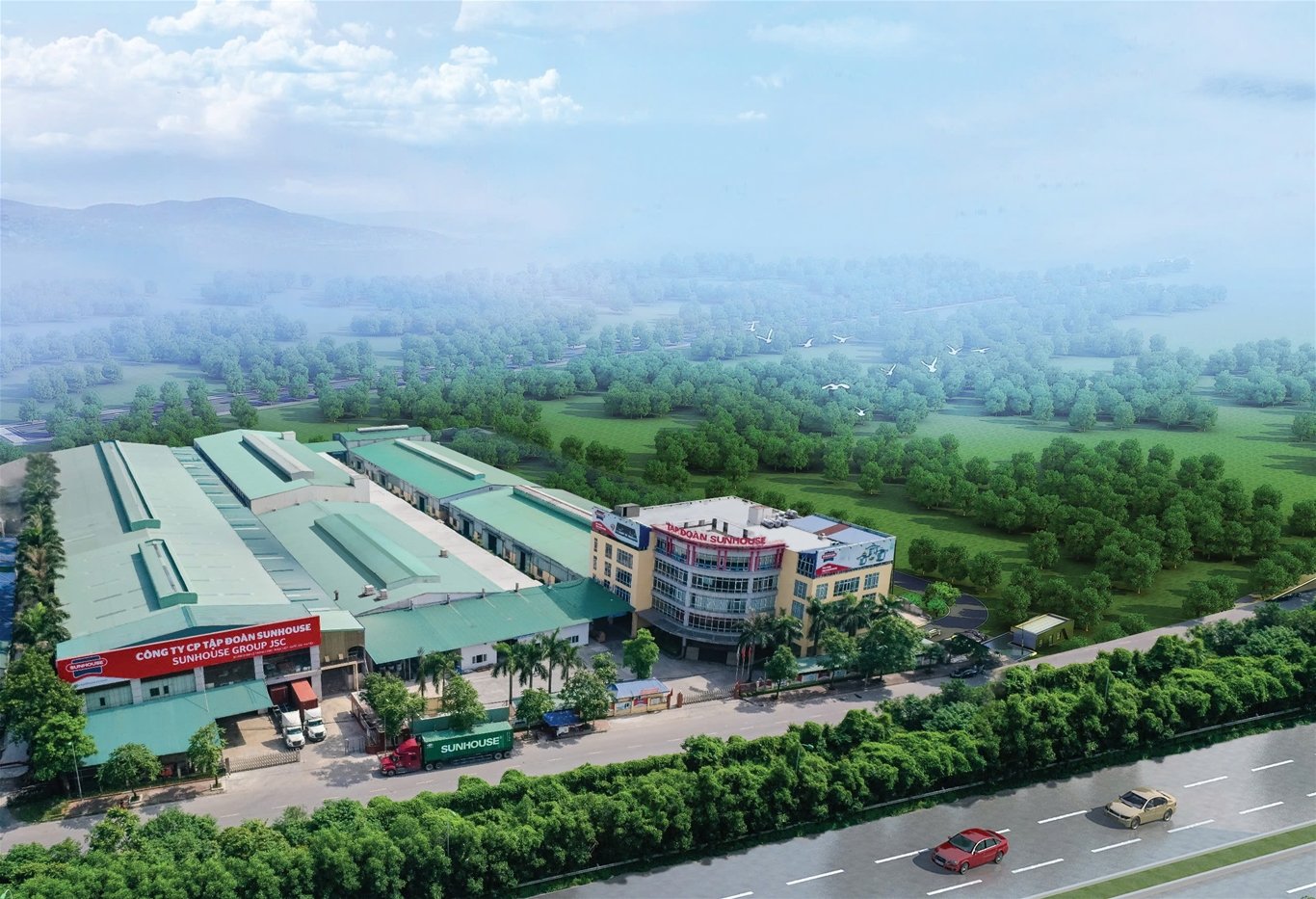
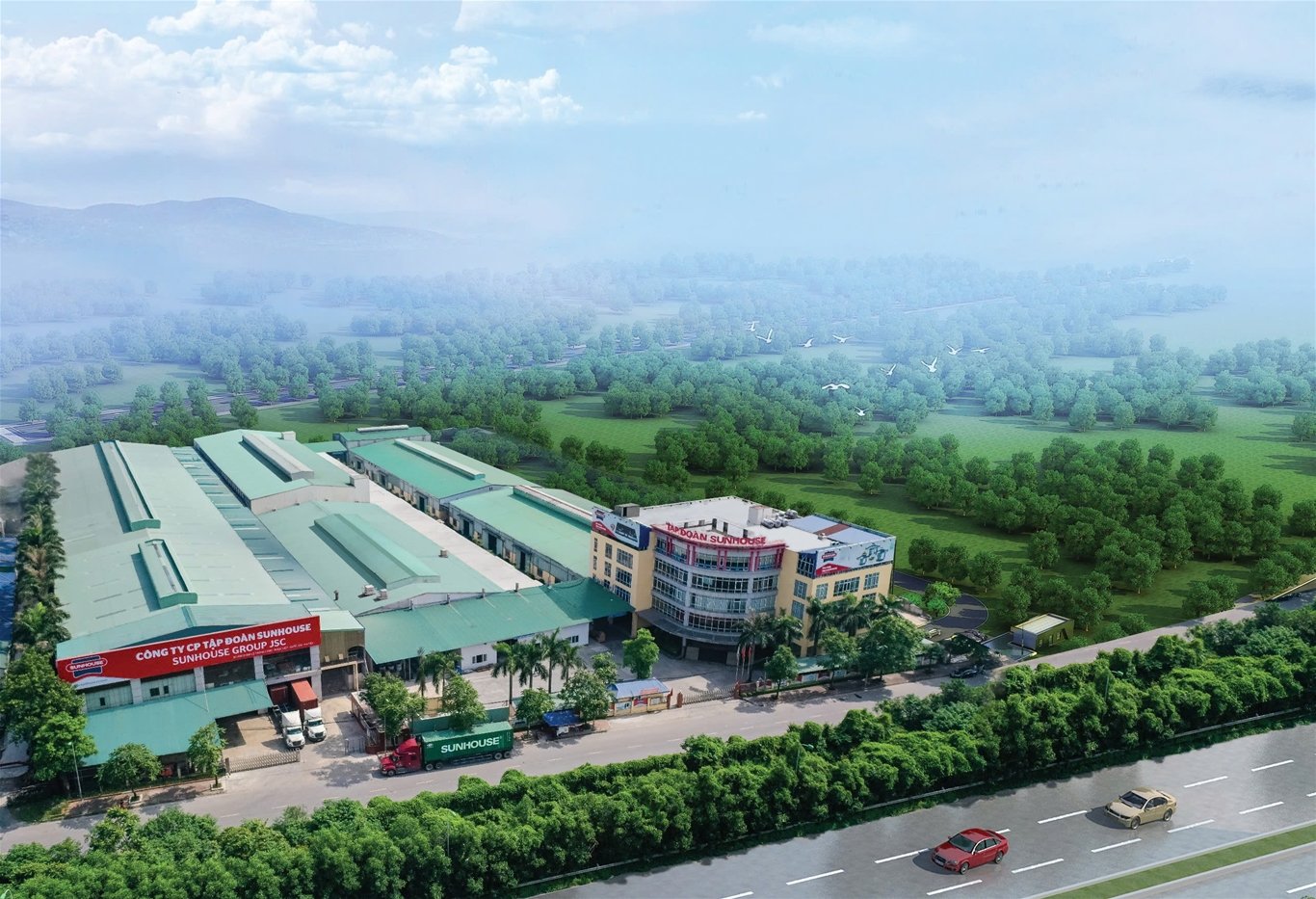
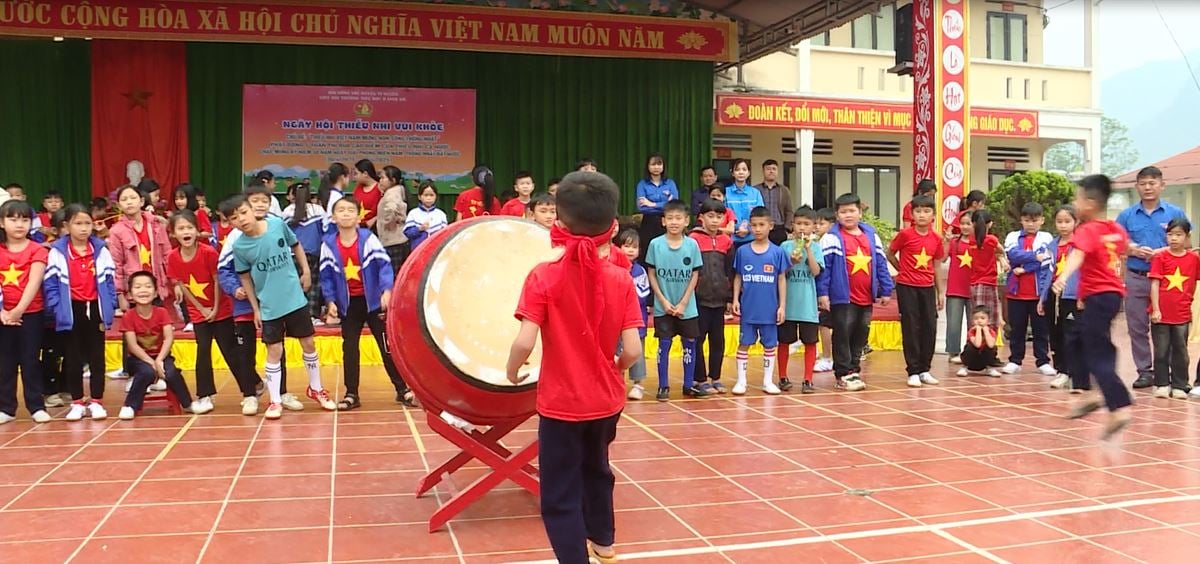
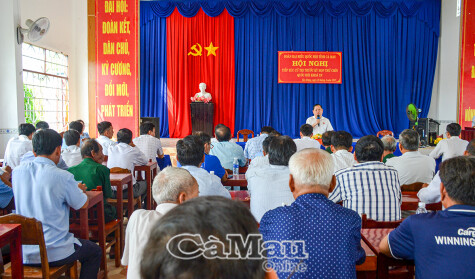


![[Photo] People lined up in the rain, eagerly receiving the special supplement of Nhan Dan Newspaper](https://vstatic.vietnam.vn/vietnam/resource/IMAGE/2025/4/28/ce2015509f6c468d9d38a86096987f23)


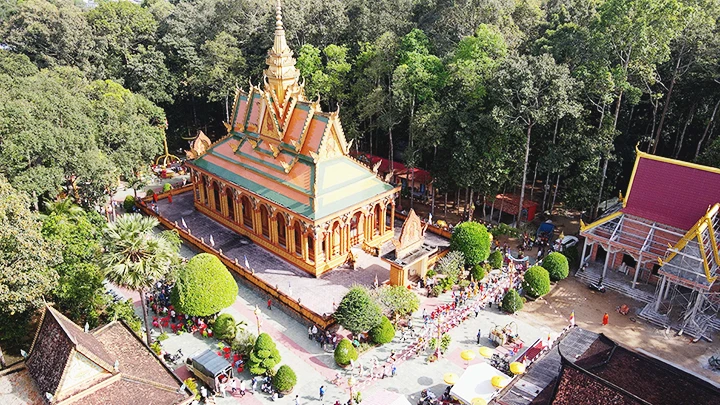

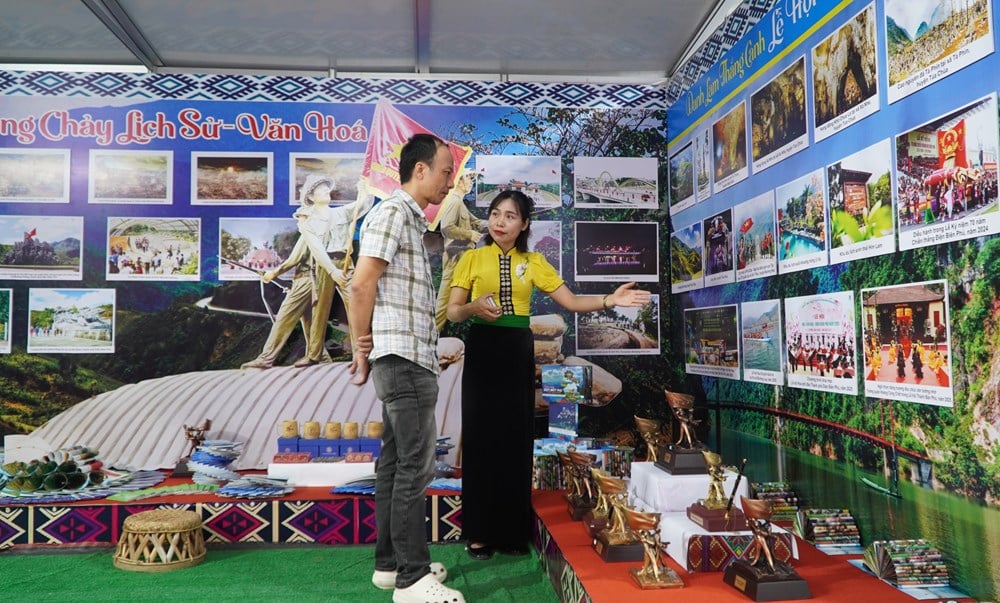

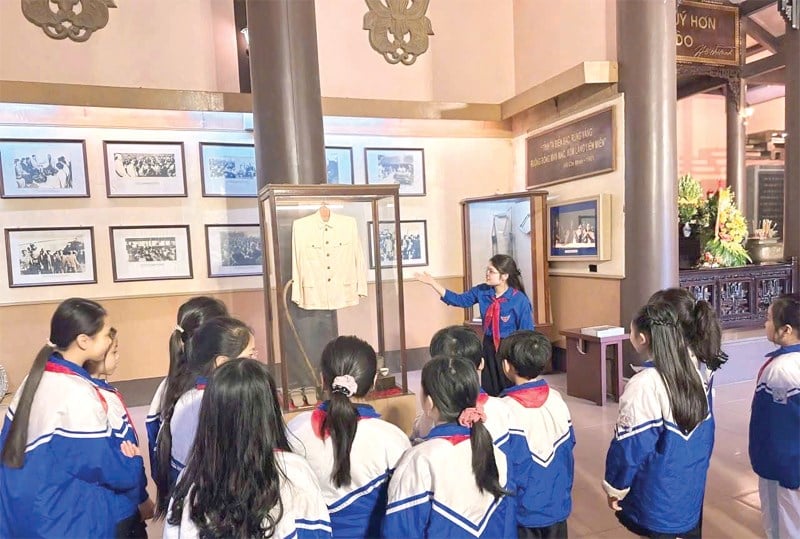


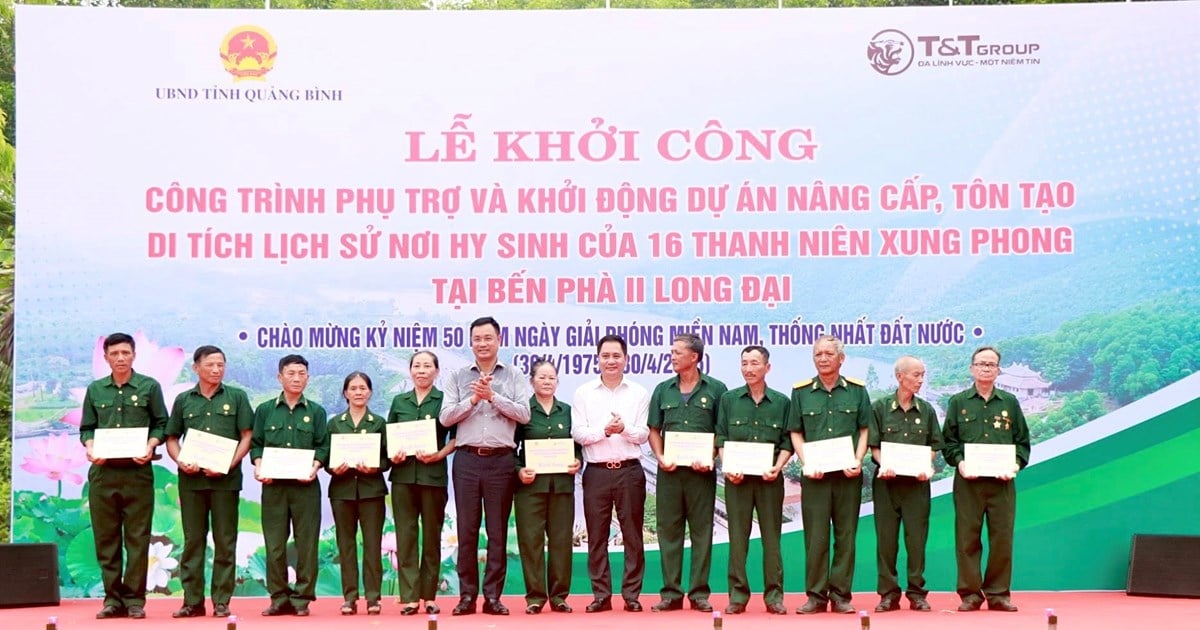


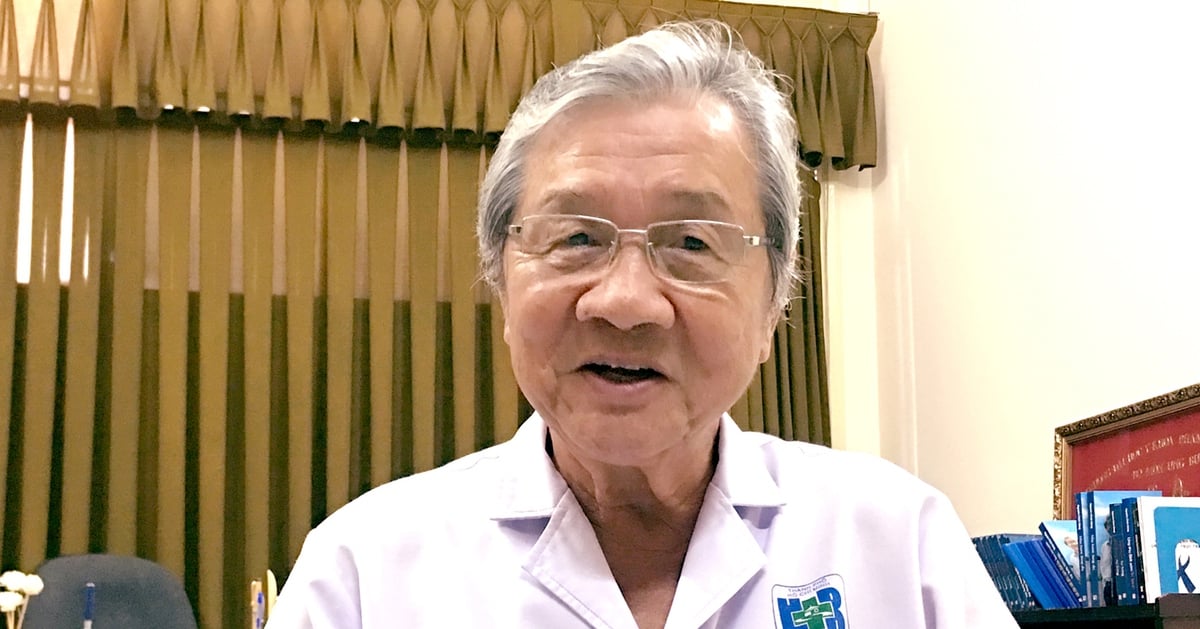



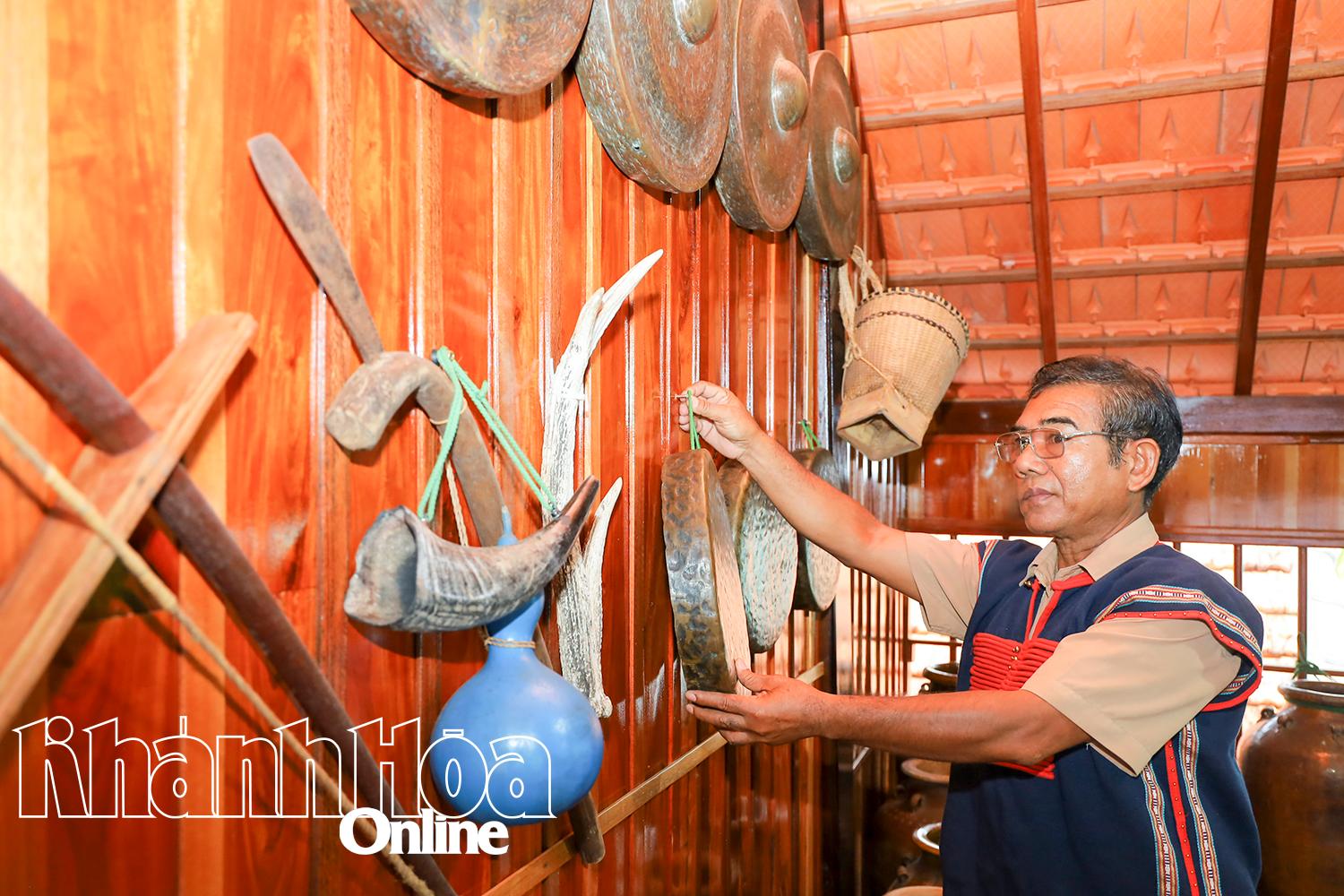

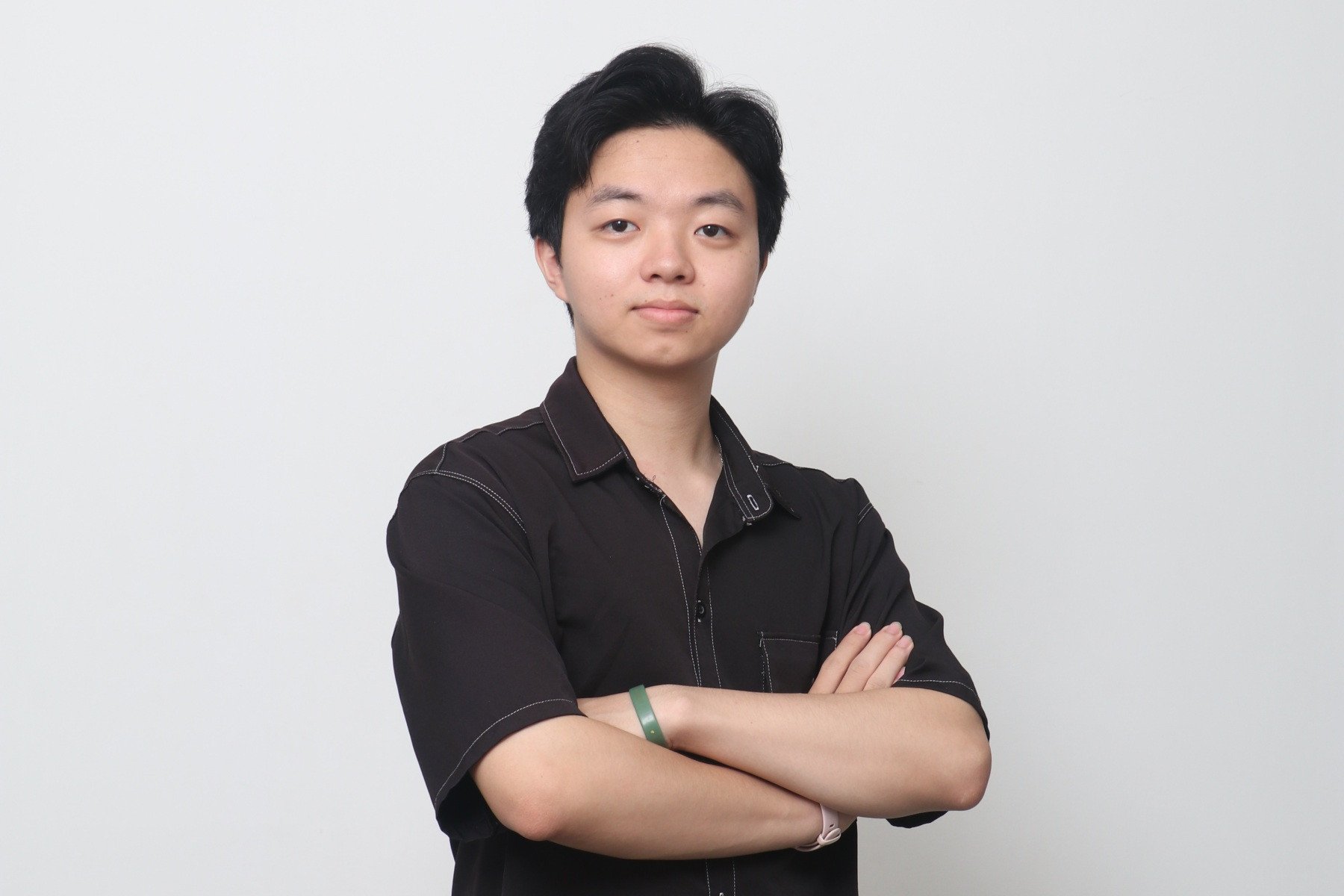




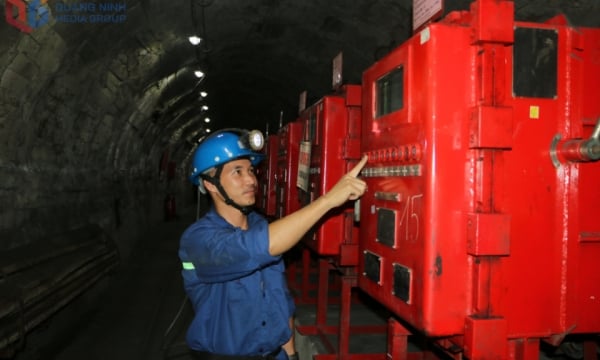


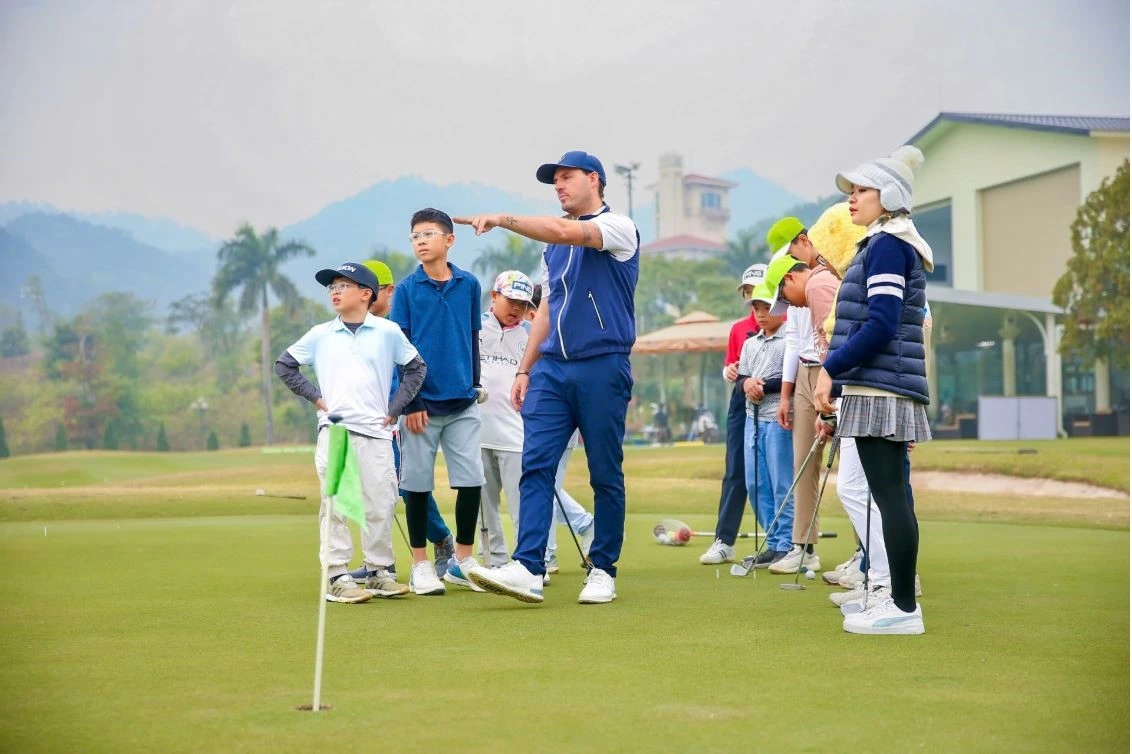
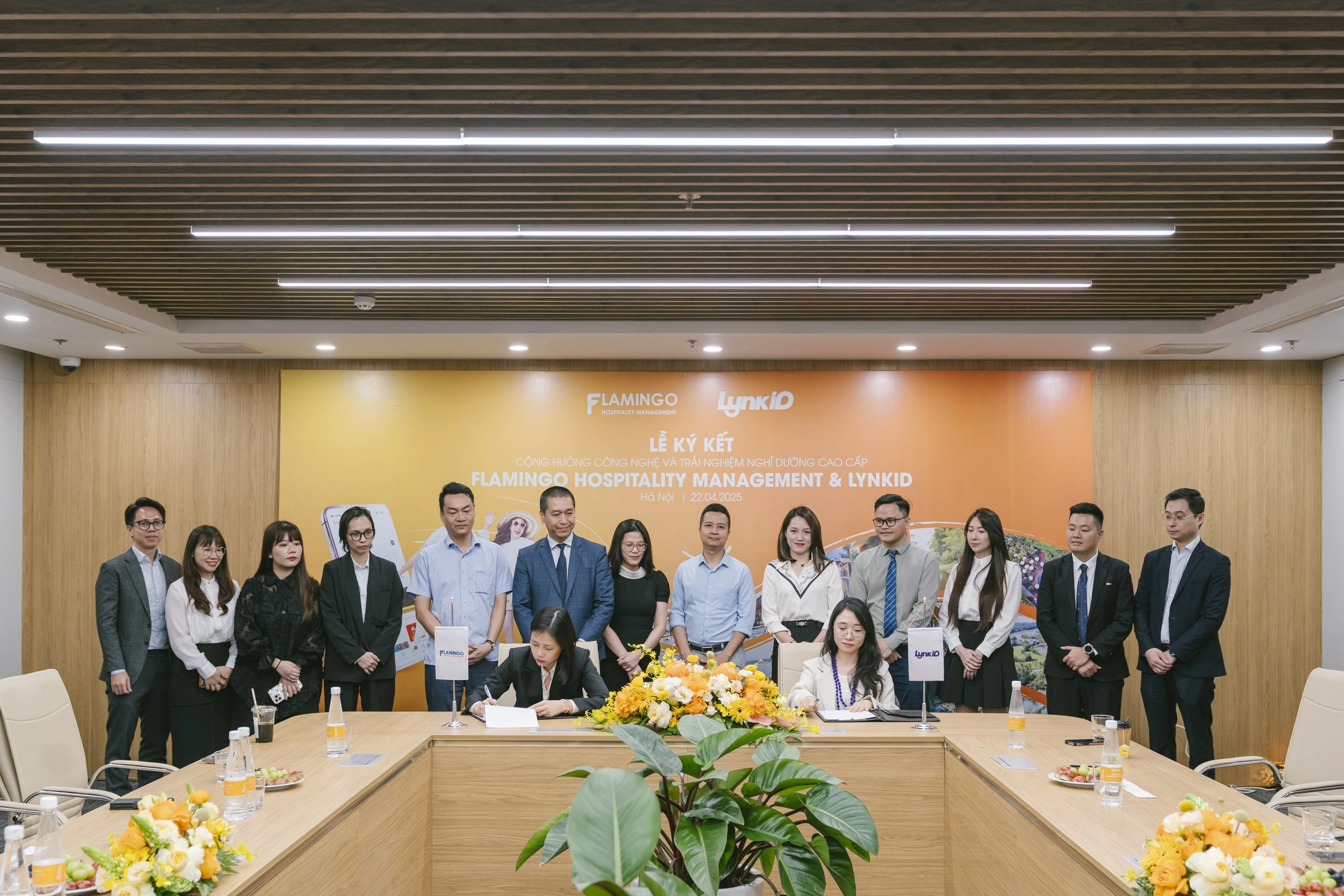











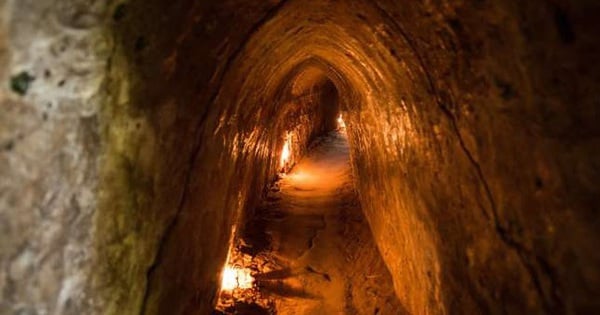







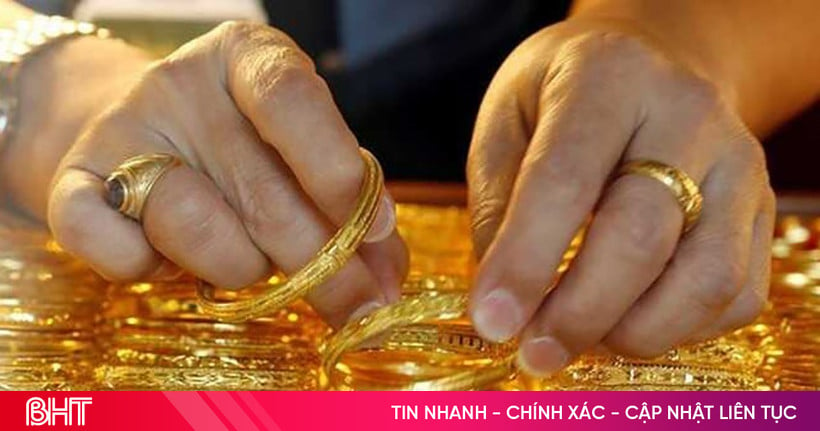



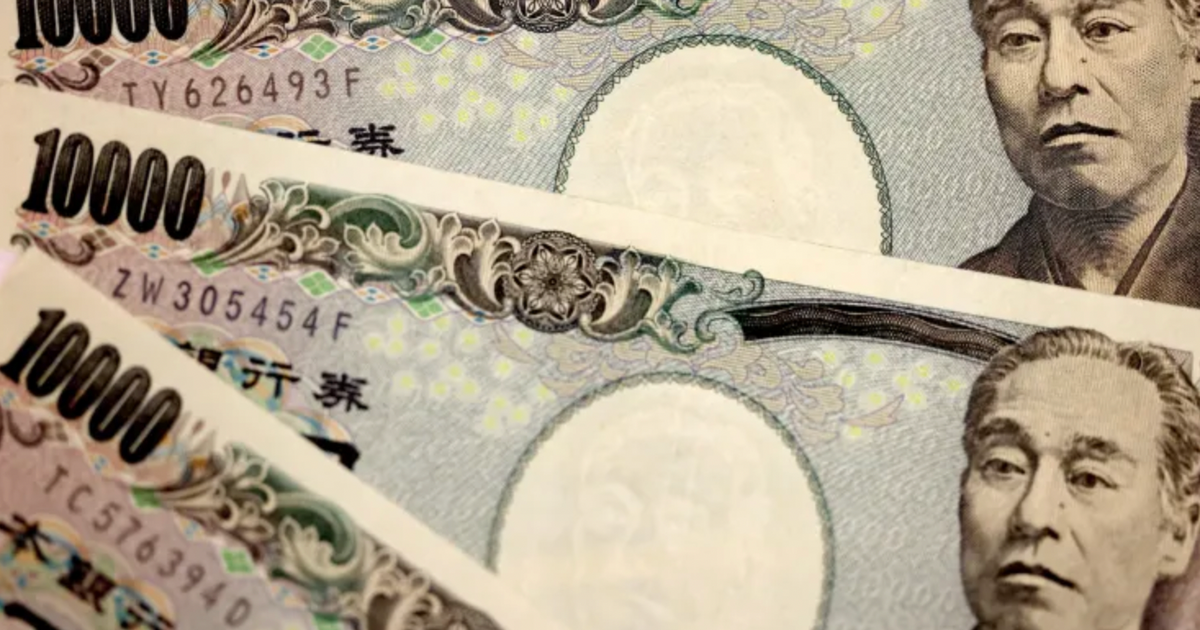
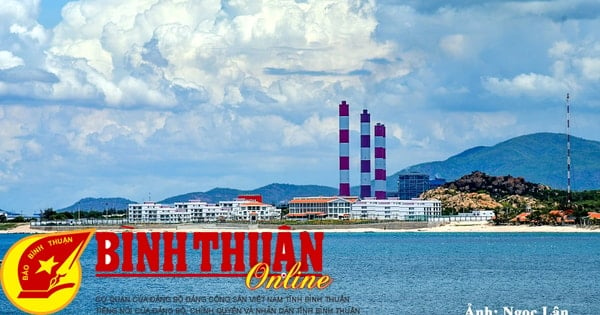
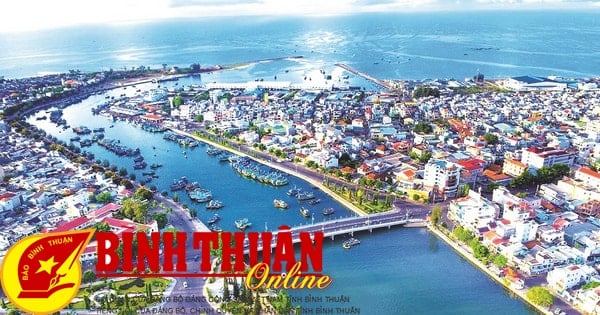
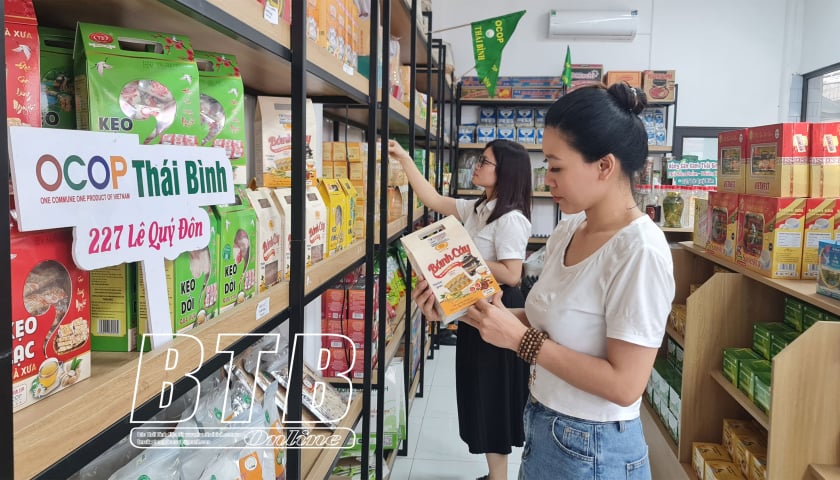

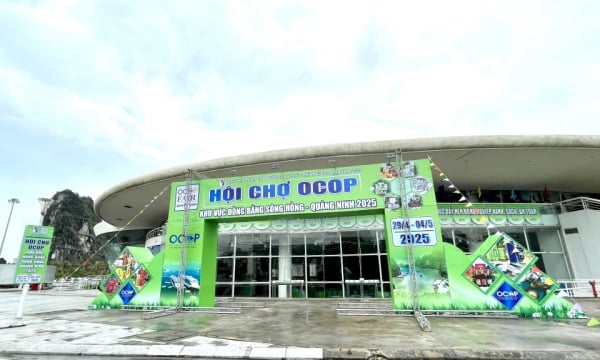
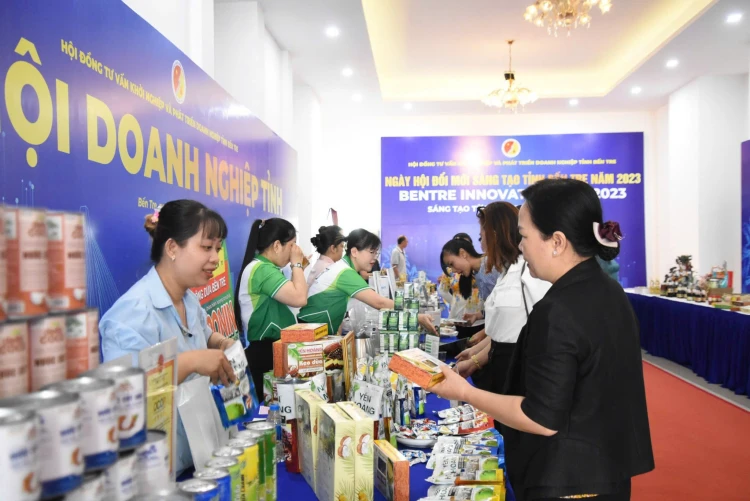




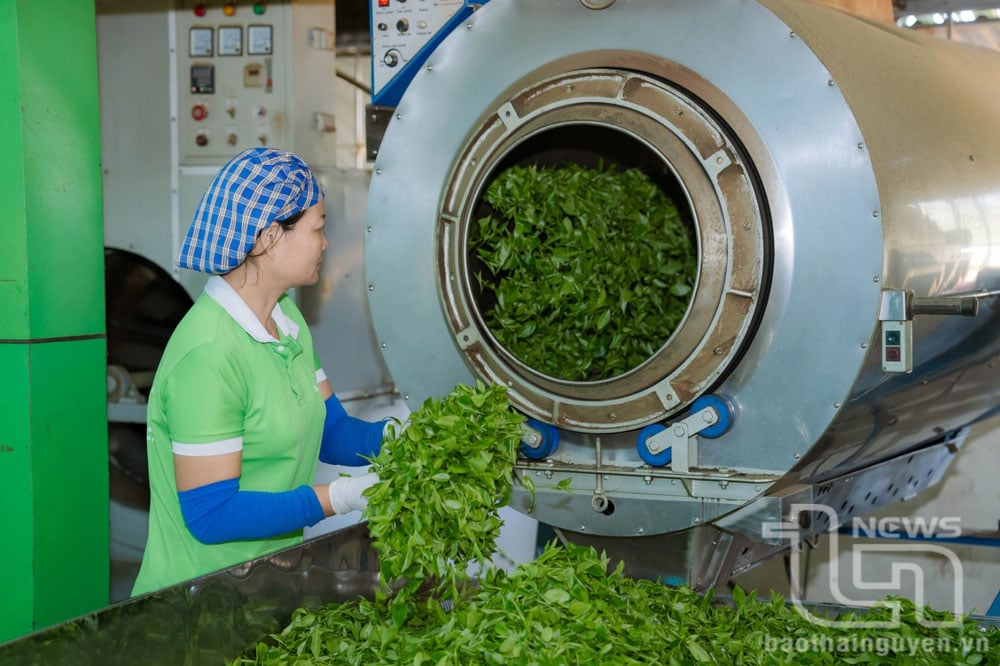

Comment (0)